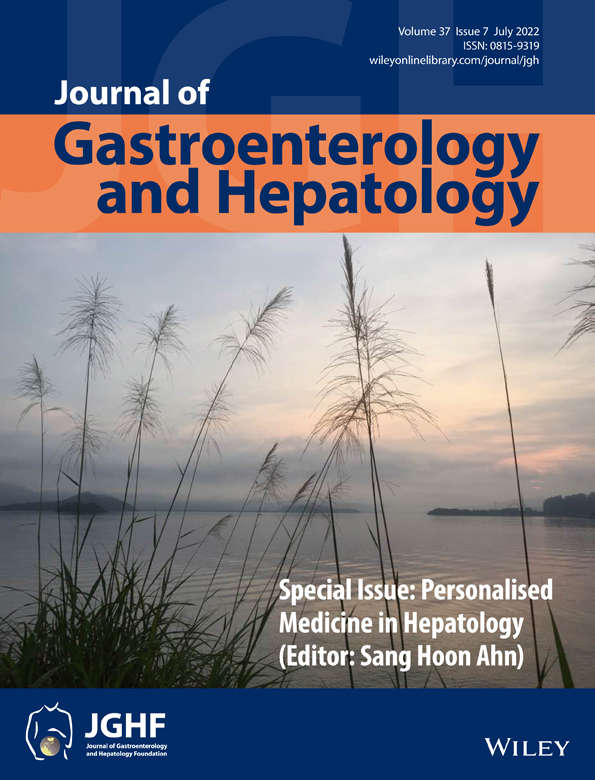Effectiveness of colonic stent placement for obstructive colorectal cancers: An analysis of short-term results using a nationwide database in Japan
Declaration of conflict of interest: The authors declare that they have no conflict of interest.
Author contributions: R. M., Y. S., M. K., H. S., and Y. Kakuta contributed to the study conception and design. Material preparation, data collection, and analysis were performed by R. M., K. T., K. Fujimori, and K. Fushimi. The first draft of the manuscript was written by R. M. and revised critically by Y. Kunouchi and A. M. All authors read and approved the final version of the manuscript.
Ethical approval: The study protocol was reviewed and approved by the Ethics Committee of Tohoku University Graduate School of Medicine (2019-1-415).
Informed consent: Owing to the anonymous nature of the data, informed consent was waived for the approval.
Financial support: The current study was self-funded.
Abstract
Background and Aims
Self-expandable metallic stent (SEMS) is widely used for obstructive colorectal cancer (OCC). Both SEMS and urgent surgery have several merits and demerits. This study aimed to clarify the efficacy of SEMS by comparing the mortality rate after the hospitalization between SEMS and urgent surgery for OCC.
Methods
We collected OCC patients' data using the Diagnosis Procedure Combination (DPC) database system. We divided eligible patients into the SEMS and urgent surgery groups using propensity score matching and compared in-hospital death rates, length of hospitalization, and medical costs. We also conducted logistic regression analysis to identify clinical factors affecting in-hospital deaths.
Results
We enrolled 17 140 cases after propensity score matching. SEMS reduced the in-hospital death rate compared with urgent surgery (2.0% vs 3.6%, P < 0.0001). Length of hospitalization was shorter in the SEMS group than in the urgent surgery group (16 vs 25 days, P < 0.0001). Medical costs were lower in the SEMS group than in the urgent surgery group (1 663 550 vs 2 424 082 JPY, P < 0.0001). Multivariate analysis also showed that SEMS reduced in-hospital death (odds ratio = 0.58, 95% confidence interval: 0.50–0.70, P < 0.0001).
Conclusion
Self-expandable metallic stent placement for OCC might reduce the mortality rate in short term and shorten the length of hospitalization. These results facilitate considering SEMS with careful judgment for its indication when treating OCC patients.




